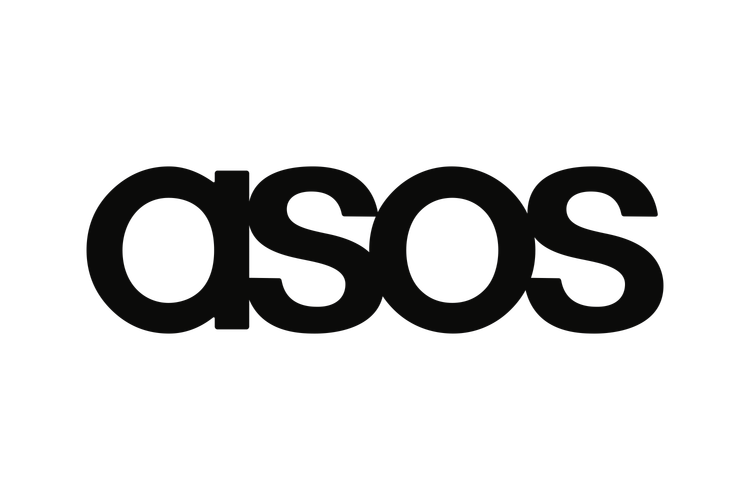ASOS began sharing their supplier list on Open Supply Hub to amplify the reach of their transparency work. As that goal quickly came to fruition, they also realized a number of other benefits from sharing their data on an open and collaborative mapping platform.
ASOS more effectively achieves transparency and collaboration goals
ASOS began sharing their supplier list on Open Supply Hub to amplify the reach of their transparency work. As that goal quickly came to fruition, they also realized a number of other benefits from sharing their data on an open and collaborative mapping platform:
- Because the platform geocodes and maps factories as they are uploaded, ASOS is able to turn to Open Supply Hub to help visualize their supply chain.
- As they work to build their reputation as a transparent brand, they are able to easily satisfy requirements of industry initiatives, like the Fashion Transparency Index, and increase their score.
- When issues arise in regions of the world (the 2022 crisis in Ukraine, for instance), they are able to understand which other organizations are connected to their suppliers in those regions and work together to address concerns. This includes both collective monitoring and the implementation of solutions.
- They are able to enable greater transparency and collaboration with their third party brands, by encouraging them to also disclose their suppliers via OS Hub.
Transparency is essential in effectively identifying and addressing risks in our supply chain - because, after all, we can't manage what we don't know.

ASOS is a destination for fashion-loving 20-somethings around the world. ASOS customers can shop a curated edit of products, sourced from nearly 1000 global and local partner brands alongside a mix of fashion-led own-brand labels.


